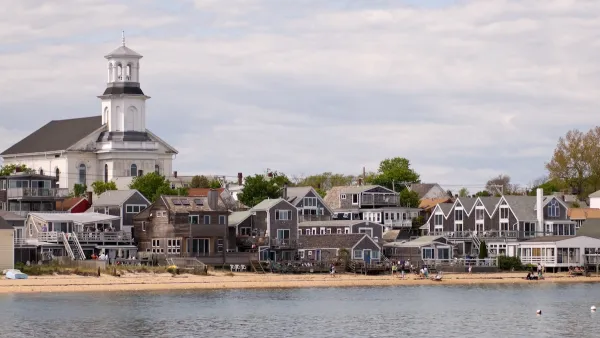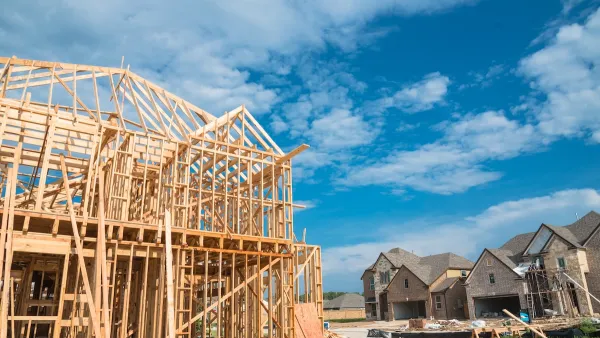While some agree that the plan has financial merit, others fear the social costs of mixing incomes in public housing neighborhoods. The authority's chairman sees it as a win-win.
Batya Ungar-Sargon discussed the details that have begun to emerge about the New York City Housing Authority's (NYCHA) controversial plan to allow private developers to build on "under-used" land at public housing sites located in "prime real estate areas," such as the Upper East and West Sides and the Lower East Side.
"The proposal will use the citywide 421a housing subsidy, which means that in exchange for 20-year property tax abatements, developers will set aside 20 percent of the new units for affordable housing. 'Affordable' means that the apartments will be made available to families who earn up to 60 percent of the regional Area Median Income (or $49,800 for a family of four), while the other 80 percent will charge market-rate rents."
"'If all sites currently under consideration are offered and attract acceptable bids, 4,000 to 4,500 apartments could be created,' Sheila Stainback, NYCHA's spokeswoman, writes in an email. Parking lots will be the most common spot for the new buildings to be erected. 'NYCHA will work closely with residents to restore green space in other parts of the developments and to replace parking,' Stainback writes."
"However, some advocates and experts think the arrangement NYCHA has described is not a good enough deal for land in such high demand, especially given the tax break that's involved. 'That is the tax deal given to developers on private land,' says Eliot Sclar, Director of the Center for Sustainable Urban Development (CSUD) at Columbia University's Earth Institute. 'In this case, they are privatizing public resources; they should leverage it much more,' Sclar adds."
"Others are worried not about the financials as much as the initiative's impact on public housing. Judith Goldiner, attorney-in-charge at the Legal Aid Society's Civil Law Reform Unit, says that public housing was built to be dense, with vacant space to compensate. Building on that vacant land would mean a compromise in quality of life. She also fears that the federal government might adjust its funding to reflect NYCHA's new lease income."
FULL STORY: Details Emerge About Plan for Private Buildings on NYCHA Land

National Parks Layoffs Will Cause Communities to Lose Billions
Thousands of essential park workers were laid off this week, just before the busy spring break season.

Retro-silient?: America’s First “Eco-burb,” The Woodlands Turns 50
A master-planned community north of Houston offers lessons on green infrastructure and resilient design, but falls short of its founder’s lofty affordability and walkability goals.

Delivering for America Plan Will Downgrade Mail Service in at Least 49.5 Percent of Zip Codes
Republican and Democrat lawmakers criticize the plan for its disproportionate negative impact on rural communities.

Test News Post 1
This is a summary

Test News Headline 46
Test for the image on the front page.

Balancing Bombs and Butterflies: How the National Guard Protects a Rare Species
The National Guard at Fort Indiantown Gap uses GIS technology and land management strategies to balance military training with conservation efforts, ensuring the survival of the rare eastern regal fritillary butterfly.
Urban Design for Planners 1: Software Tools
This six-course series explores essential urban design concepts using open source software and equips planners with the tools they need to participate fully in the urban design process.
Planning for Universal Design
Learn the tools for implementing Universal Design in planning regulations.
EMC Planning Group, Inc.
Planetizen
Planetizen
Mpact (formerly Rail~Volution)
Great Falls Development Authority, Inc.
HUDs Office of Policy Development and Research
NYU Wagner Graduate School of Public Service




























